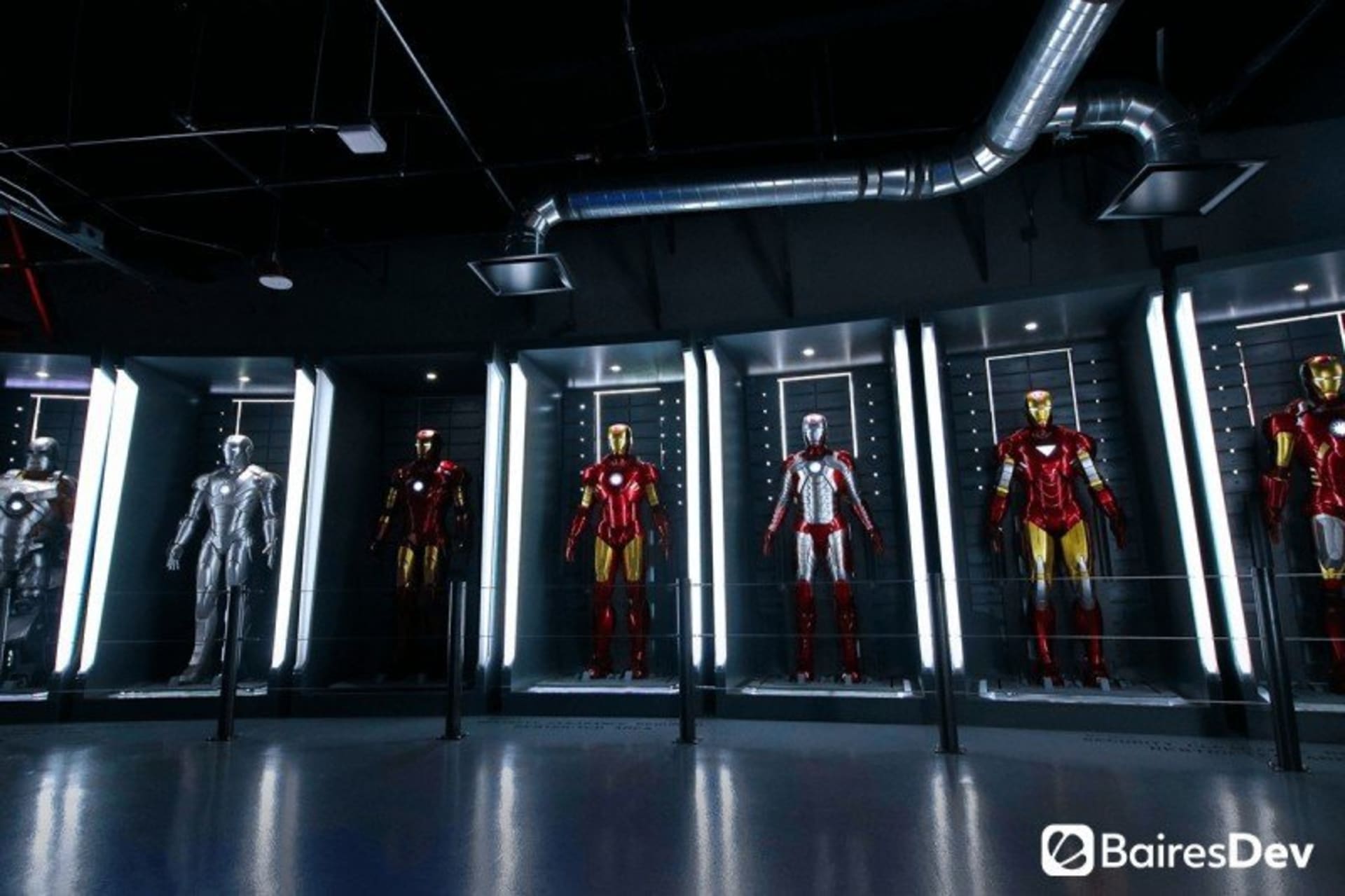One of the most challenging aspects of owning and running a business is marketing. This is true whether your company is a small business or a global enterprise company. With more and more businesses popping up regularly, the race to get noticed by consumers grows tighter every day.
To be successful, businesses have to be intelligent, but also must employ a level of creativity they might not have had to use in previous years or decades. Fortunately, there’s plenty of technology available to make it possible for your company to create unique tools to assist your marketing.
Besides, if your company isn’t creating marketing campaigns, chances are pretty slim consumers will know you exist. To that end, every effort you can make will give you a leg up on your competition.
That’s why it’s become incredibly important that you make use of every tool at your disposal. And although once upon a time your developers weren’t a part of your marketing efforts, they should be now. It doesn’t matter if those developers work with Java, JavaScript, Ruby, Python, .NET, or any number of languages and/or frameworks. No matter what tools your developers work with, they can help.
How?
One way is by using beacon technology.
What is beacon technology?
Have you ever walked past a retail store and, almost immediately, received a push notification on your phone about that very store? That notification didn’t happen because an employee was waiting for you to pass by so they could hit Send and bombard you with information.
Most likely, that notification was triggered by a beacon. What is a beacon? Most often beacons are in the form of small embedded computers (the size can range from a single board computer—such as a Raspberry Pi—to the size of a consumer-grade router). These beacons are considered Internet of Things (IoT) devices and use proximity technology and/or Bluetooth to detect the presence of nearby human activity or mobile devices to trigger actions.
Those actions serve to deliver information or to personalize an experience. The delivery can be in the form of information (such as audio, video, or text) or even contextual data, which can be personalized by user input, time of day, distance to target, or even for a specific holiday or sale. In fact, there’s really no end to how beacons can be used.
Most beacons require three things to function:
- One or more beacon devices
- A mobile app
- User permission
Of course, there are those beacons that don’t require mobile apps or user permissions, but those are much more rudimentary and work with proximity detectors, and aren’t nearly as customizable as modern beacons.
The types of beacons include:
- Hardware beacons (which can range in sizes).
- Video beacons (devices that use video to deliver information).
- AI beacons (beacons that use machine learning that can even detect a variety of movements and gestures).
- Sticker beacons (can be placed almost anywhere and are typically used for asset tracking).
- Parent beacon (used to track other beacons).
- Dedicated beacon (used for indoor tracking or proximity detection in harsh environments).
To dig a bit deeper into the requirements, developers need to work with Apple’s beacon standard, called iBeacon and Google’s, dubbed Eddystone. With those protocols, developers can create beacon devices that push notifications to consumer smartphones via applications. That also means your developers must create an application that accepts the information from the beacon and acts on it. Such actions can be as simple as an alert (for example a sale on a particular item), a survey, or other types of benefits offered by your company.
On the user’s end, they must give the app permission to accept information from the beacons. This information is most often delivered via Bluetooth, which must be turned on in their devices.
So beacons aren’t exactly the easiest marketing tools to deploy. But because they can both enhance the user experience, and help your company not only push information to the user but also collect data about users, beacons are an invaluable tool for any size business.
Should you be using beacon technology?
In a word, yes. In today’s modern society, consumers have become “mobile-first.” What this means is their first point of entry for all things information is the mobile device. After all, people carry their phones with them all the time, and they look to those devices to keep them informed. Gone are the days when consumers would leaf through fliers to find coupons and sales. Now, consumers want their information sent to them digitally.
Because of that, your company needs to employ every means possible to get that information to consumers in their preferred format.
There’s a catch: however powerful and informative beacon technology can be, consumers are hesitant to allow companies to push data to them. While being very “mobile-first,” society has also become very privacy-centric. That means your business has to build beacons that consumers will want to use.
How? This will require your marketing and development teams to work together to come up with a strategy that is sure to get consumers excited about what you have to offer. That may require you to use beacons to randomly give away prizes or free services, or special discounts for mobile users willing to allow information to be pushed to their devices.
At first, it’ll be a hard sell, but the end result could be worth the effort. Not only will you show your customers you’ve adopted more modern technology, but you’ll also be gaining valuable information about customer habits and other valuable data points.
Other beacon use cases
Beacons aren’t only used to inform customers. There are also beacons used for the backend of businesses. One very handy usage of beacons can be to help autonomous vehicles navigate locations of a warehouse. Each beacon would represent a specific aisle or section, to help guide the vehicle through what might otherwise be a maze.
Beacons can also be used to help staff locate items. Say, for example, there’s a particular tool that is used by various departments. You could attach a beacon to that tool and very quickly track it down. Asset tagging is an incredibly handy way to use beacons.
Conclusion
In today’s world of lightning-fast delivery and ever-expanding business technology, your company can’t afford to not use beacons. With a skilled team of developers, working with a creative marketing team (or business operations team), there’s no limit to how beacons can help you. If your company is interested in adopting beacon technology, either discuss the possibility with your dev team or reach out to a third party who can bring your ideas to life.






